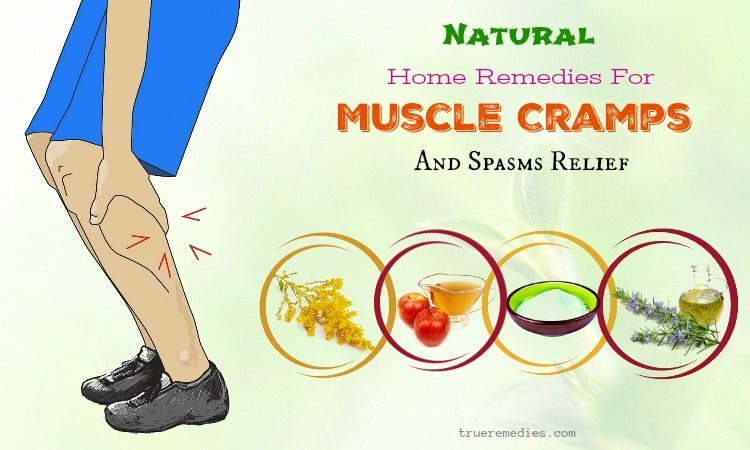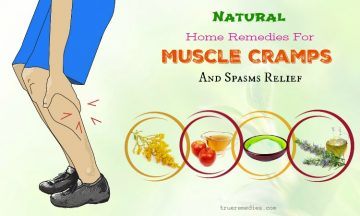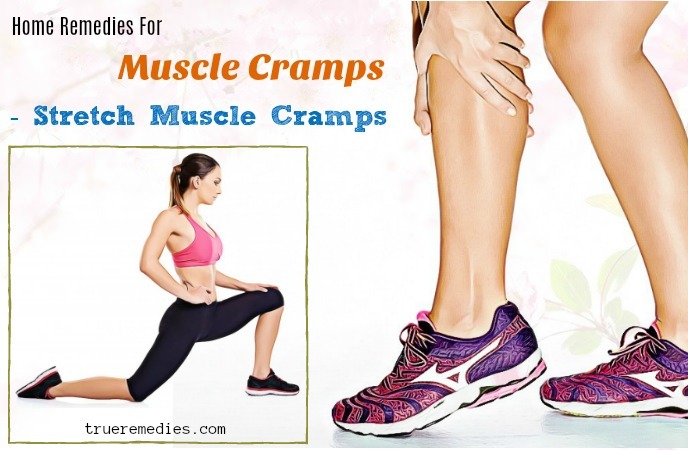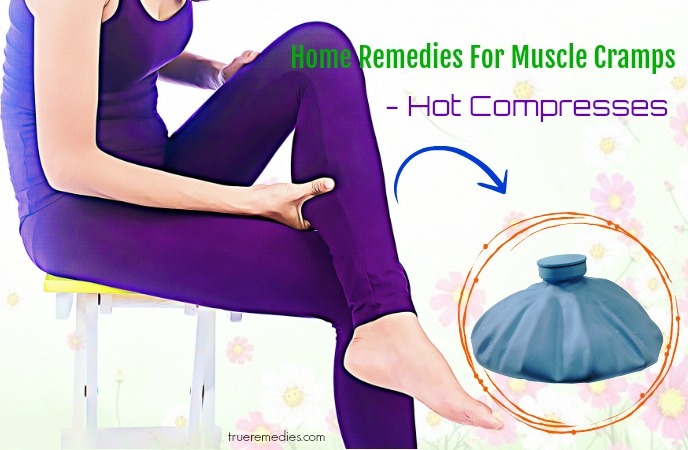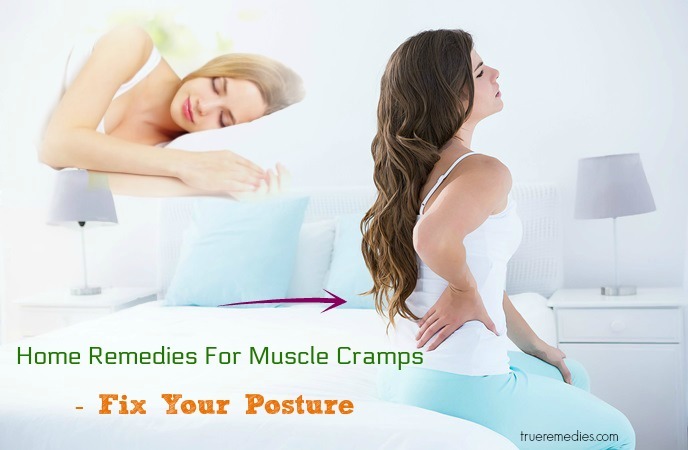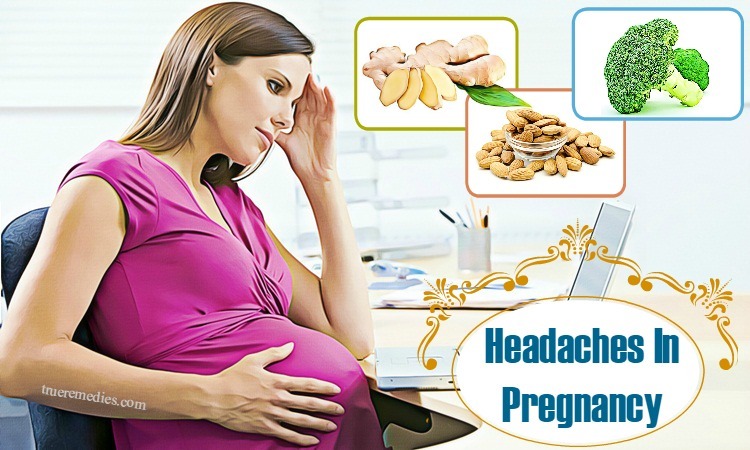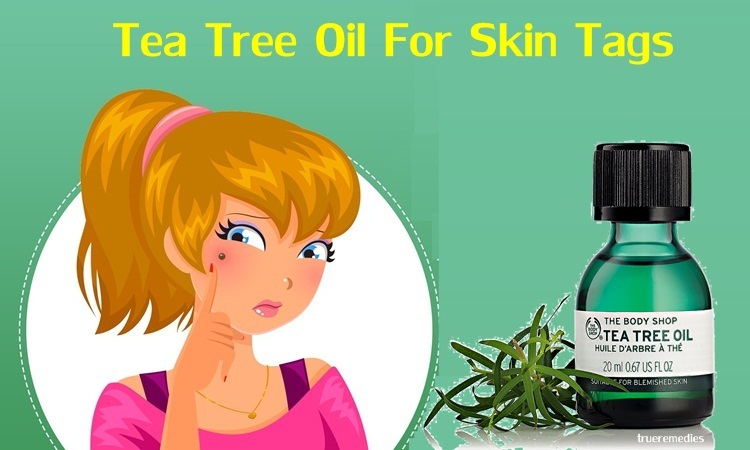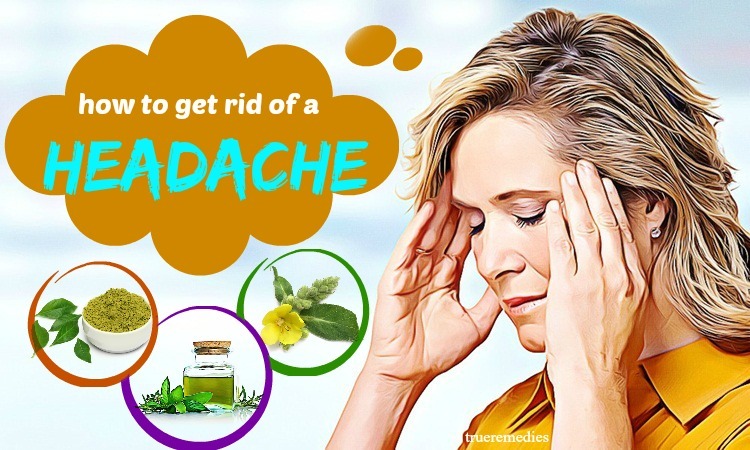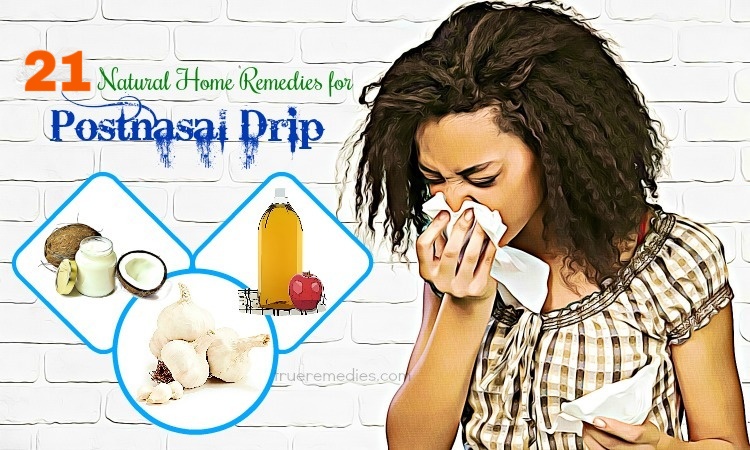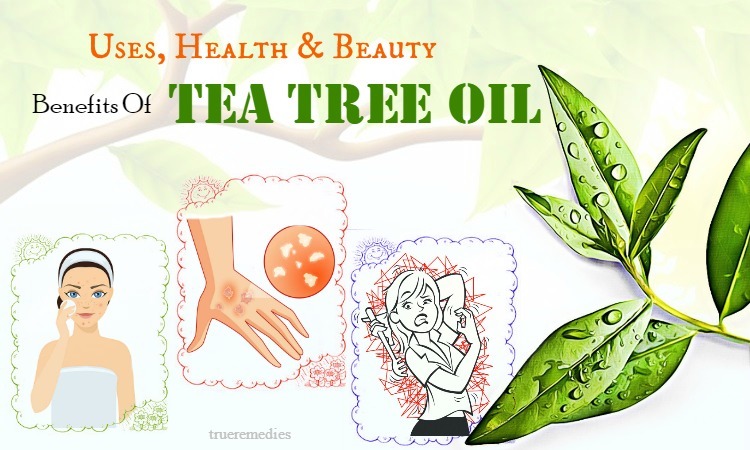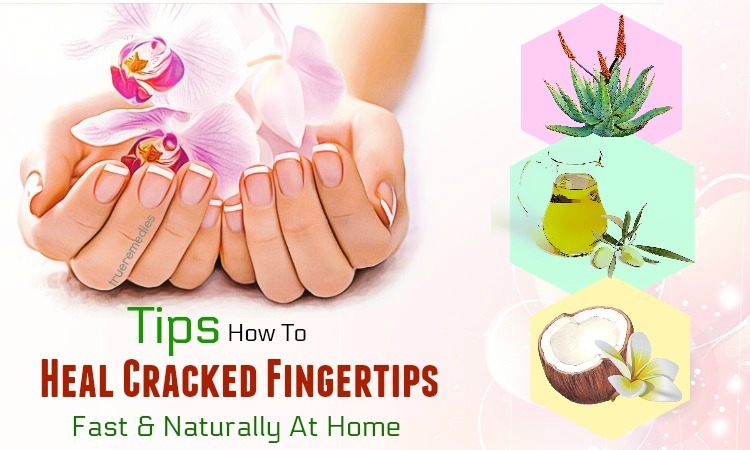updated: 11/20/2019
Contents
Muscle cramping is the condition in which the muscle is contracted, leading to pain. This condition makes the patient unable to move. Muscle cramps are very common condition which usually occurs at night when the patient is sleeping.
You probably want to treat this condition early to avoid the pain and discomfort that muscle cramps cause. This article will help you do that. First of all, let’s take a look at the necessary information about this condition to get the most detailed outlook on it and determine exactly what your condition is.
What Are Muscle Cramps?
Muscle cramps are a sign of sudden muscle spasm. This condition may cause severe pain in the muscles, which may make you unable to move. Muscle cramps may occur in many parts of the body, especially in the thighs, hands, legs, and abdomen. Muscle cramps usually occur suddenly and last from a few seconds to a few minutes. With muscle cramps, you may experience mild or severe muscle spasms[1]. If you are swimming, getting muscle cramps may put you in a very dangerous situation in which you are unable to continue swimming. This situation has caused many people to drown.
Muscle cramps are very common. Most people of all ages have had muscle cramps at least once in their lives. They are sudden contractions or tightening of the muscles in the calf. Muscle cramps may sometimes occur on the thigh or foot and usually happen when you are sleeping or awake, especially at night with older people. As your age increases, muscle cramps may occur more quickly. However, children may also have cramps. You can treat this problem at home with self-care measures.
What Are Common Causes Of Muscle Cramps?
Here are the common causes of this disease:
TrueRemedies Partner Solutions

Need a Help from the Leading Expert Online, Available 24/7?
They’re all here and ready to answer your questions online or by phone. Keep asking questions until you get the answer you need.
- Muscular Tightening After An Injury
In this case, the cause of muscle cramps is due to the contraction that tends to minimize movement and stabilize the area of injury[2]. It is like a self-defense mechanism of the body.
- Overstretching
Muscle cramps often involve the use of excessive muscles, resulting in tired muscles. This usually happens in physical training. This muscle cramps may occur during or after exercise[3].
- Tired Muscles
Muscle cramps may also occur when you sit or lie in a posture for a long time. Muscle cramps during rest are common, especially in older people, but this problem also occurs at any age, including children. Although not life-threatening, nocturnal muscle cramps cause pain, disrupting sleep. It may recur many times a night for several nights[4].
- Pregnancy
Cramps usually occur in pregnant women due to the deficiency of nutrients such as calcium and magnesium, or the compression of the uterus onto the blood vessels in the legs. This usually happens in the last months of pregnancy.[4]
- Sodium, Calcium Or Magnesium Deficiency
Sodium is the most common chemical component of body fluids outside the cell. Sodium deficiency also causes the body to dehydrate, causing muscle cramps[5]. Cramping may also occur when there is an abnormal distribution of fluid in the body due to cirrhosis, resulting in fluid accumulation in the abdominal cavity.
Similarly, muscle cramps are a common complication in patients undergoing dialysis. Low levels of calcium or magnesium in the blood directly increase the stimulation of both nerve endings and stimulate the muscles. This is common in older people and women during pregnancy[5].
- Low Potassium
Low potassium levels sometimes cause cramping because this problem is associated with muscle weakness[5].
- Sudden Exposure To Low-Temperature Environment
You often encounter this while swimming. If you have leg cramps while swimming, this is very dangerous because this may cause drowning if not treated in time[3].
Besides, muscle cramps may be a warning sign of some serious diseases, including:
- Endometriosis
According to a study in 2017, about 10% of women aged 15-49 have endometriosis[6]. And one of the signs most people have is frequent muscle cramps[7]. If this condition persists, these stray uterine tissues may “migrate” to other organs such as the ovaries and fallopian tubes, and then develop into dangerous types of cysts
- Fibroid Uterus
The appearance of benign tumors in the uterus may cause cramps, bloating, pressure on the urine, and intestines. Studies show that at least 25% of women in the United States have typical symptoms of fibroids. Therefore, if the symptoms of abdominal cramps persist or appear frequently, you should also seek medical attention immediately to detect the disease promptly and take effective remedies[8].
- Ovarian Cancer
According to the American Cancer Society, more than 22,000 women are diagnosed with ovarian cancer each year. Many people have died because of this disease[9]. Ovarian cancer is a type of “underground” cancer that is often characterized by vague symptoms such as abdominal pain, abnormal bleeding or frequent muscle cramps, which may be easily confused with other diseases[10]. Therefore, if you find that the body has any unusual signs, especially abdominal cramps, then you should seek medical attention immediately to detect the disease in time.
- Asherman Syndrome
Previous surgery in the pelvic or abdominal cavity may cause scar tissue. If this scar tissue is too large or if they have not healed completely, the patient may have regular muscle cramps. Or worse, the scar could be infected, causing infection of the uterus or other areas[11]. Therefore, if you suspect that the muscle cramps are caused by an old incision, you should also see your doctor to be checked directly.
What Are Common Symptoms Of Muscle Cramps?
Most cases of muscle cramps occur in the muscles in the thighs, hands, legs and abdomen. In addition to the sudden appearance of muscle pain, you may feel or see solid blocks in the muscle tissue beneath the skin. You may experience other symptoms not mentioned. If you have any questions about the signs of the disease, please consult your doctor for more information.
Who Is At High Risk Of This Problem?
Muscle cramps are a common condition which may happen in anyone. However, the elderly, pregnant women, and athletes are the most at risk of this condition. You can control this disease by minimizing risk factors. Please talk to your doctor for more information.
When To See A Doctor?
You should see a doctor if you have these following symptoms:
- Feeling uncomfortable
- Swelling
- Skin color is changed
- The muscle is weakened
- Leg cramps occur frequently
- The condition does not improve after a period of self-treatment
Above is the necessary information about muscle cramps. Make sure you have not overlooked anything that we mentioned above. Finding out about the disease before applying any treatments is always the advice of the doctors. Below, we will introduce you to home remedies for muscle cramps and spasms relief. It is time to find out what the effective home remedies for this disease are.
Top 22 Home Remedies For Muscle Cramps And Spasms Relief
1. Stretch Muscle Cramps
As we all know, although muscle spasms usually occur in a fairly fast time and they do not happen at the same time, you can stop this situation in just a few seconds. The best way to overcome muscle cramps is to stretch[12]. Staying active is an excellent way to prevent muscles cramps and spasms as people who are fit in terms of physical can maintain more muscle mass and often have less inflammation. Also, they seem more flexible. Cramping is a sudden and severe contraction, so stretching helps to relieve pain by stretching the muscle fibers. Cramps usually occur in the muscles of the legs (calves, hamstrings, and feet), so when you are about to be cramped, you should stand up and overcome it by pulling the muscle in the opposite direction. Appropriate warm-ups and cool-downs both before and after exercise could help prevent the muscles from getting too fatigued, pulled or strained.
For example, when you feel your calf muscles begin to contract, you should stretch the affected leg to the back to form a fencing posture. Bend the knee of the other leg and slowly bend it forward with your feet on the floor until you feel your legs are stretched.
To cure muscle cramps, you should stretch for at least 30 seconds, while breathing deeply and see if that is enough or not. You need to repeat this exercise several times to fully cure the muscle cramps. In addition, doing some warm-up exercises, then stretching the foot muscles before walking or exercising help prevent spasms and cramps. So, this is a remedy that you should try.
Besides, you also want to avoid any overtraining and spend time on resting for appropriate muscle recovery as the preventative measure.
2. Gentle Massage
Muscle spasms are a condition in which muscle contraction is too very tight, causing pain and loss of function. However, if the contraction is too tight and this lasts more than a few seconds, then this condition becomes muscle cramping. Muscle cramps usually make the muscles hard. So you should feel the stimulus causing pain and then massage the affected muscle with your thumb until the condition improves. In other words, let’s put pressure on the trigger point to treat the cramps quickly. This method is called stimulant therapy. If muscle cramps occur on your feet, you can use tennis balls, soda bottles, or wooden sticks to massage the affected area. This may also help you get rid of the pain quickly[13]
Besides, you can also use some natural oils which have analgesic effects to massage the affected areas gently . This way also eliminates the symptoms of this condition. All you need to do are:
- Stop exercising, try to relax your legs to relax the muscles that are cramping.
- Gently massage the muscles, if you have hot oil, then apply natural oil (olive oil, coconut oil or castor oil) to the skin of the cramp muscles and massage gently.
Only with these basic steps, your muscle cramps will improve quickly. Note that you need to perform gentle massage movements so as not to cause further pain.
3. Apple Cider Vinegar
Research about the benefits of apple cider vinegar for positive general health is well-documented. From weight loss to diabetes, from skin care to hair, this sour-tasting liquid is an amazing remedy that should be in the health regime of everyone thanks to its calcium and potassium contents[14]. These two minerals are known to help prevent and ease muscle cramps and spasms. Diluting it with warm water plus with a teaspoon of honey could relieve or prevent nighttime flare-ups.
Note: Always dilute apple cider vinegar in lots of water because the acetic acid in vinegar or any other citrus fruit could erode your tooth enamel if it improperly is cleaned off. Therefore, remember to rinse your mouth carefully after drinking apple cider vinegar solution, particularly before bedtime.
4. Yellow Mustard
For decades, athletic trainers and physicians assumed that muscle cramps and spasms derived in muscles and were resulted by dehydration or imbalances in electrolytes like potassium, magnesium, or sodium.
Many researchers have claimed that the mechanism of action of yellow mustard and pickle juice may relieve cramps within several minutes[15]. The possible reason is the acetic acid available in yellow mustard, which helps enhance the production of acetylcholine in the human body. This substance is a neurotransmitter which prompts the muscles to work. It will relieve soreness and pain.
You just need to take a teaspoon of yellow mustard or have it with warm milk to harness its benefits.
5. Essential Oils
- Clove Oil
Among effective remedies for muscle cramps, clove oil makes it fame due to anti-inflammatory and antiseptic properties. Therefore, this essential oil may reduce muscle swelling and inflammation[16]. Its anesthetic effects also help to lessen pain.
Just simply warm up some olive oil and rub it directly on your affected area. Use your fingers to massage that area for about 5 minutes with firm strokes. Repeat this routine for optimal results.
- Thyme Oil
Thyme oil is well-known for the ability of soothing muscle as well as joint pain, especially in case of fibromyalgia, and rheumatoid arthritis. This oil also has an active ingredient called thymol which has been researched and proven to be an efficient anti-inflammatory agent[17].
You can apply it topically on your affected area without being diluted to reap its benefits.
- Ginger Oil
Thanks to containing warming, analgesic, and muscle relaxant properties, ginger oil is widely used for inflammation and sore muscle relief. Nonetheless, due to the rich content of antioxidants, it is also good to apply ginger oil topically for muscle spasm relief[18].
Add several drops of ginger oil to a cup of ginger tea to help soothe muscle inflammation and induce calm. You can also dilute ginger oil with jojoba or coconut oil for good effects.
- Peppermint Oil
Being a natural soothing and cooling agent, peppermint oil could remove a strained muscle heat, while decreasing redness, swelling, and inflammation associated with a strained muscle. What is the most important is that it could numb a painful area, thereby letting for sound sleep and the necessary time for the human body to recover[19].
To make use of peppermint oil for muscle cramp relief, you can consume this oil in small amounts to help eliminate inflammation. Nonetheless, it could also be used topically in the undiluted form to soothe a sore area and relieve muscle pain.
Notes:
Using essential oils for muscle cramps and spasms might seem like an easy and obvious solution to soothe an uncomfortable issue, but you should be cautious with the kind of essential oils you use. Because they are highly concentrated substances and contain active ingredients, some of them might result in skin inflammation as well as allergic reactions, and even could be dangerous once ingested. Thus, before using essential oils for muscle cramps, consult your doctor about any particular health issues, especially if you are already taking muscle relaxers or pain relievers.
6. Blackstrap Molasses
If your muscle cramps are linked to calcium and potassium shortage, then think of using blackstrap molasses for muscle cramps. It is a rich source of calcium and potassium and helps to maintain strong muscles while preventing muscle spasms and cramps[20]. Furthermore, its antioxidants are delivered to the muscle tissues, repairing any potential damage as well as small tears. Use this oil after workouts is a popular solution for athletes.
Mix 1 tablespoon of blackstrap molasses to a glass of warm water and have this solution. That way, you may relieve pain significantly within minutes.
Alternatively, you can also mix clove oil with a carrier oil like coconut oil or almond oil, then apply it topically over your sore muscles. Add this oil to your bath water to help soothe muscles and induce sound sleep.
7. Rosemary
Rosemary is used commonly due to its widespread availability. This is a cooking spice which has various benefits for health. Those benefits might include treating hair loss, indigestion, joint pain, and muscle cramps, and improving memory or concentration[21].
However, do not consume too much rosemary leaves as it may cause coma, vomiting, spasms, and fluid in the lungs. Pregnant women and people with ulcerative colitis, ulcers, high blood pressure, and Crohn’s disease should not use this herb[22][23]. It might interact with diuretics, blood-thinning medications, and diabetes medications.
8. Goldenrod
Goldenrod is a perennial having yellow flowers which bloom between August and September. It is most known for the use as a wound healer from outside. Nonetheless, it might also be helpful for gout, arthritis, inflammation, kidney stones, muscle cramps, and high blood pressure. However, be cautious when using goldenrod as it might cause heartburn. For those people with heart disease, kidney disease, pregnancy, osteoporosis, high and low blood pressure or breastfeeding women, this herb is contraindicated. Using goldenrod might interfere with diuretics and lithium[24].
9. Using Epsom Salt
This is one of the easiest remedies. Soaking your cramped muscle (such as leg muscles) into Epsom salts can reduce spasms, pain, and swelling. The magnesium component in Epsom salts reduces muscle spasms and helps stretch the muscles[25].
You need about 5 to 10 minutes to prepare saline, so this method can be used in cases of chronic muscle cramps or cases that muscle cramps often recur in a few hours. Warm water and the magnesium component of Epsom salts may also help you to relieve pain quickly. This is a very simple and effective way. Therefore, you should try it at least once to see the significant effects that it brings to you.
Be careful not to use too hot water. Besides, do not soak your muscles for more than 30 minutes as the hot salt water will drain water from your body and cause your body to become dehydrated. You can apply a quick measure that is applying warmth to the muscle cramps. Warm herbal bags are good for your problem. They sometimes contain aromatic substances (such as lavender) which have a relaxing effect. Your contracted muscles will soon be stretched after you use these herbal bags.
10. Muscle Relaxants
Stretching, massage, and heat treatments are quick treatments for muscle cramps[26], but medications may work if you wait longer (about 30 minutes).
You can take temporary muscle relaxants, such as cyclobenzaprine (Flexeril), orphenadrine (Norflex), or baclofen (Lioresal) to relieve cramps due to trauma or other causes. Remember that medications are not used to treat acute cramps (the normal cramps that usually go away quickly before the medication works). Therefore, muscle relaxants should be used in cases of chronic or recurrent cramps.
Be sure not to use a muscle relaxant along with other medications, which may otherwise cause unwanted side effects. Besides, do not drive or operate heavy machinery after using muscle relaxants because they may cause drowsiness. This is a defect of this approach.
11. Hot Compresses
This remedy is one of little – known remedies that you can do at home to reduce the pain coming from muscle cramps and spasms. If you regularly have muscle cramps at night, this remedy is for you[27]. Every day, before going to bed, you should spend 5 minutes to do simple exercises to stretch your muscles which often cramps. If you are awakened at night because of muscle cramps, let’s quickly apply this tip for pain relief: hot compresses.
Heat may relax muscles and improve blood circulation. You can use a warm towel, an electric bag, or a hot water bottle to do this. Besides, bathing with warm water before going to bed may also reduce muscle cramps and soothe hardened muscles. You can also shake and massage the muscle with cramps. This will make this problem disappear quickly.
12. Cold Compress
You should apply this remedy for a few days to recover your feet after over-training, injury, or wearing inadequate shoes for a long time. This will help the muscles in the legs to relax[28].
Avoid applying ice directly to the skin. Use a thin towel to separate the skin and ice to avoid damaging the skin. Let’s apply the cold compress for 15 to 20 minutes several times a day for two to five days or until the pain and sensitivity of the foot are reduced. In addition, you can apply this remedy to the soles of the feet and heels when you stand by rolling an ice bottle of 350 to 500 ml with your feet.
13. Put The Weight On The Cramp Foot
This is an excellent way to stretch the muscles, tendons, and ligaments – parts that lead to cramps in the toes as well as the feet[29]. As soon as the cramps appear on the feet or toes, change your position so that the weight of the body is mostly focused on the affected leg. Then, symptoms of muscle cramps will quickly disappear.
14. Drink Enough Water
Many experts have pointed out that lack of water is one of the main causes of muscle cramps. Water accounts for most of the fluids in joints and muscles. Sports or general physical activity (especially in hot and humid weather) cause sweating. This may lead to dehydration if you do not drink enough water to supply and maintain healthy blood volume.
Dehydration may increase the risk of cramps and muscle tension[30]. Muscle cramps due to these conditions may be a warning sign of heat stroke. So you should provide enough water for the body, especially hot days.
To recognize the body’s lack of water, you may notice the color of the urine. If there is a dark yellow color, the body is dehydrated. Then, drink more water to balance the body quickly.
To supplement water, do not use caffeinated beverages. This substance has a diuretic effect, so it will stimulate frequent urination. This further exacerbates the body’s lack of water. Some medications may cause diuretic and put you at risk for muscle cramps, so ask your doctor about the side effects of the prescribed medication.
Most people think that drinking water as much as possible is good. Actually not. Drinking too much water will put pressure on the kidneys, causing the body to work a lot. This also dilutes the electrolytes in the blood, decreases the amount of sodium, causing many consequences that easily make you “poisoned”. Therefore, let’s listen to the needs of the body.
15. Electrolytes
The next method is using electrolytes supplement to prevent electrolyte imbalances. Electrolytes are the electrical components in the body fluids (mainly blood and urine). They have the effect of maintaining normal water flow in the body. Muscle cramps may also be caused by sodium and potassium deficiencies, so electrolyte supplementation is something you should do in this case.
Sodium and potassium are two essential electrolytes for muscle function. Low potassium (also known as hypokalemia) that develops when the potassium in the blood reduces below normal is one of the most common reasons why people have leg cramps, low energy, and high blood pressure. Electrolyte deficiency is usually caused by perspiration. Sweat contains a lot of salt (sodium and potassium). So, in the days of excessive sweating, you should take electrolytes to avoid the risk of muscle cramps[31].
Note that drinking electrolyte easily causes you to vomit, so if you are nausea, you should not drink it. Only drink electrolytes when your digestive system is stable. In addition, when drinking water or drinking electrolytes, you should drink each small sip. This helps the body to be gradually balanced.
16. Wear Comfortable Shoes
Common causes of foot and calf cramps are due to improper footwear. This is especially true for women often wearing high heels[32]. Shoes that are too tight or narrow in the tip may block the circulation in the legs and calves, causing cramps. In addition, shoes with a lack of support for the tendons of the feet may increase the pressure on these tendons. So, you should wear comfortable shoes that support the tendons to minimize the risk of muscle cramps[33].
Besides, let’s choose shoes made from breathable materials (do not choose rubber or plastic) as they may reduce leg sweats.
17. Fix Your Posture
Being hunched over for a lot of hours each day or walking or exercising with bad posture could put you at high risk of muscle pain, such as muscle spasms in the neck and legs, and back spasms[34]. For instance, kyphosis is caused by forward or rounding curvature of the spine, leading to back spasms, overall stiffness, and general back pain[35].
Being overly slouched could help to weaken your neck muscles while straining your back muscles, finally triggering more inflammation in the shoulder blades and upper back.
You had better see a chiropractor for any necessary adjustments or professional physical therapist in case the condition becomes serious and frequent. If you cannot follow the advice above, use a posture-correcting chair, like an ergonomic chair, for support if you have to sit many hours each day.
Also, add posture exercises to your daily workout regime to work on good posture.
18. Practice Dancing
When the nerves of the muscles begin to get tired, cramps may happen. You can limit this by doing Plyometric dance[36] moves several times a week. This dance was performed by a Russian sports expert named Yuri Verkhosansky. Plyometric is a “muscle shock training method.”
Because of its nature, experts recommend that you do not practice Plyometric if you cannot do Squat with a weight of 1.5 times your body weight. However, today, there are more forms of the Plyometric type with light intensity. These exercises are most suitable for everyone. You should refer to these exercises as they are beneficial.
19. Rest
Do not forget to rest if you want to treat muscle cramps. Leg pain and muscle cramps may happen due to several causes, including injury from overwork. The foot is a complex structure of the bones, tendons, ligaments, and muscles. Any part can be overworked or injured, resulting in leg pain and muscle cramps. Then, you need to rest. There is no standard time for this rest. You need to rely on your condition and follow your doctor’s instructions.
Take advantage of every opportunity for your feet to rest when possible. It may include a few days of no constant standing or movement, no shoes or boots that may easily cause cramps and no activity that need to use the feet for much. If you have a specific injury, have your feet rested as directed by your doctor.
20. Regular Exercise
Habits of exercising help keep muscles healthy, avoiding cramps. You can gradually increase the intensity of the exercises to improve muscle health, tendons, and ligaments and reduce the risk of muscle cramps. Swimming is a good exercise for treating leg pain and muscle cramps. For this sport, legs and joints do not get too much pressure due to body weight.
21. Performs Warm-Up Movements Before Swimming
This is the most effective way to prevent muscle cramps and spasm, especially when swimming. Before swimming, take 30 minutes to perform warm-up movements[37]. You can do short runs and perform exercises to stretch the muscles and joints. When swimming, it is important to adjust swimming movements to help the body adapt to the marine environment. At a specific time, when the body is consuming too much energy, then you need to supplement this energy.
When you feel tired, reduce the speed of your swim, swim to the shore or near the rescue area, and then relax your body for a few minutes before leaving the pool. If you feel cold, you must leave the pool immediately. Look for a warm place to warm – up your body. You can drink a little warm tea to warm – up your body.
22. A Balanced Diet
Nutrition plays an important role in ensuring that the body and muscles maintain healthy functioning and reducing problems such as cramping. Here are some of the nutrients you need to add to your body to prevent or treat muscle cramps:
- Vitamin D
Vitamin D is also known as sun Vitamin. In addition to the ability to help strengthen bones by regulating calcium metabolism, Vitamin D also plays a role in the immune system. Without vitamin D, the muscle will be weak and very susceptible to cramps[38]. To supplement vitamin D for your body, you should regularly eat fish, mushroom, cod liver oil, tofu, and oatmeal.
- Vitamin B12
Vitamin B12 is very effective in treating cramps[39]. Vitamin B12 is water-soluble, so your body may not store it much. Therefore, you need to supplement this vitamin with these rich sources: scallop, oysters, crab, pilchard, salmon, tuna, beef, and egg.
- Potassium
A lack of potassium in the diet leads to a lack of potassium in the blood, leading to muscle weakness and muscle spasms. Therefore, you should regularly eat these potassium foods to help prevent muscle cramps: fish (halibut or tuna), sweet potato, tomato sauce, beans, yogurt, clam, and banana.
- Calcium
Calcium has the effect of muscle contraction the muscle. To add calcium to your body, you can add some of these foods: Green leafy vegetables (such as spinach, kale, radish, lettuce, celery, broccoli, cabbage, and asparagus), soy products, cheese, and broccoli.
- Magnesium
Calcium and magnesium have the opposite effect. While calcium has the effect of muscle contraction the muscle, magnesium has the effect of relaxing the muscle. Therefore, it is important to balance these two nutrients in the body. Magnesium is a mineral needed to strengthen bones and is an important electrolyte to reduce muscle tension.
Magnesium deficiency may cause muscle cramps and muscle weakness. Therefore, it is necessary to frequently eat the following magnesium-rich foods: rice, wheat, oats, dried herbs (such as coriander, mint, sage, and basil), seeds of pumpkin, squash and watermelon, cocoa powder and dark chocolate.
These are home remedies for muscle cramps that we would recommend to you. As you can see, they are all very simple but effective. Many people have successfully treated muscle cramps by applying only one of these remedies. Therefore, let’s choose some of them and alternate them in your treating to see how effective they are.
However, all content provided is for informational & educational purposes. We recommend you consult a healthcare professional to determine which method is appropriate for you and to avoid the side effects when applying these methods. In addition, asking for healthcare professional’s advice may help you know that you have to take medicine or not.
If you have any contributing ideas about our article of “Top 22 Natural Home Remedies For Muscle Cramps And Spasms Relief” introduced in Home Remedies page, do not hesitate to drop your words below this post. We will answer as soon as we could.

